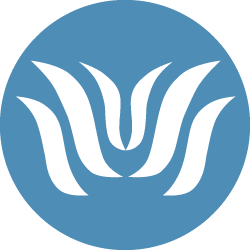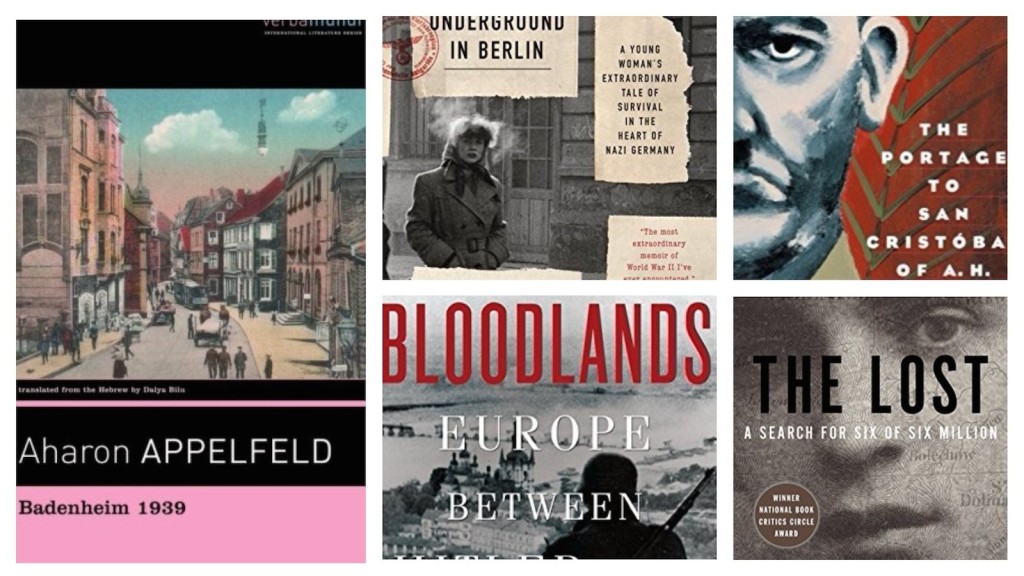Beyond the Canon
Passover has come and gone. Freedom is ours.
But the world intervenes. Many times in Jewish history freedom was snatched from our collective hands. There were the Babylonians, the Romans, the kings who separated Jews from others. And there were the Nazis who attempted to take not only freedom, but also, existence itself from the Jewish people.
On Thursday, April 12, corresponding to the 27th day of Nissan on the Jewish calendar, the Jewish world, supported by our non-Jewish neighbors, commemorates the Holocaust with Yom Hashoa.
The Shoa is probably the topic most discussed in modern Jewish literature, art and music. In all the creative arts-children’s books through scholarly tomes, painting, ballet, film, and theater-the Holocaust is a central theme.
Some critics say that the Holocaust is too central to the Jewish artistic expression and is overused. A phrase “Holocaust fatigue” has been coined to define this desensitization of the Holocaust.
We have no right to debate the importance, validity or motivation of an artist’s creation. We must believe that, for the most part, each artistic expression is another sincere attempt to understand and explain what is often incomprehensible.
Zachary C. Solomon in an article on the website My Jewish Learning says:
“With regards to Holocaust literature, the canon has been pretty well established. Seminal texts like Elie Wiesel’s Night, Anne Frank’s diary, Art Spiegelman’s Maus, Viktor Frankl’s Man’s Search for Meaning, and Primo Levi’s Survival in Auschwitz, have been, almost exclusively, informing our notions of what the Holocaust was actually like.
When German philosopher Theodor Adorno famously said that “to write poetry after Auschwitz is barbaric,” he meant that there was no way aesthetics—or art—could live up to the barbarism of the Holocaust.” Maybe he was right. But here are 10 lesser-known texts that can, at the very least, increase our understanding—and our empathy.
Listed below are the additional titles cited in the article. Follow this link for the full article.
Books are available either in the synagogue library or at your local public library.
Badenheim 1939 by Aharon Appelfeld (Fiction)
Bloodlands: Europe Between Hitler and Stalin by Timothy Snyder (Nonfiction)
Eichmann in Jerusalem: A Report on the Banality of Evil by Hannah Arendt (Nonfiction)
Five Chimneys by Olga Lengyel (Nonfiction Memoir)
King of the Jews by Leslie Epstein (Historical fiction)
Ponary Diary, 1941-1943 by Kazimierz Sakowicz (Nonfiction diary)
The Lost: A Search for Six of Six Million by Daniel Mendelsohn (Nonfiction)
The Portage to San Cristobal of A.H. by George Steiner (Fiction)
This Way for the Gas, Ladies and Gentlemen by Tadeusz Borowski (Short stories)
Underground in Berlin: A Young Woman’s Extraordinary Tale of Survival in the Heart of Nazi Germany by Marie Jalowicz Simon (Nonfiction)


